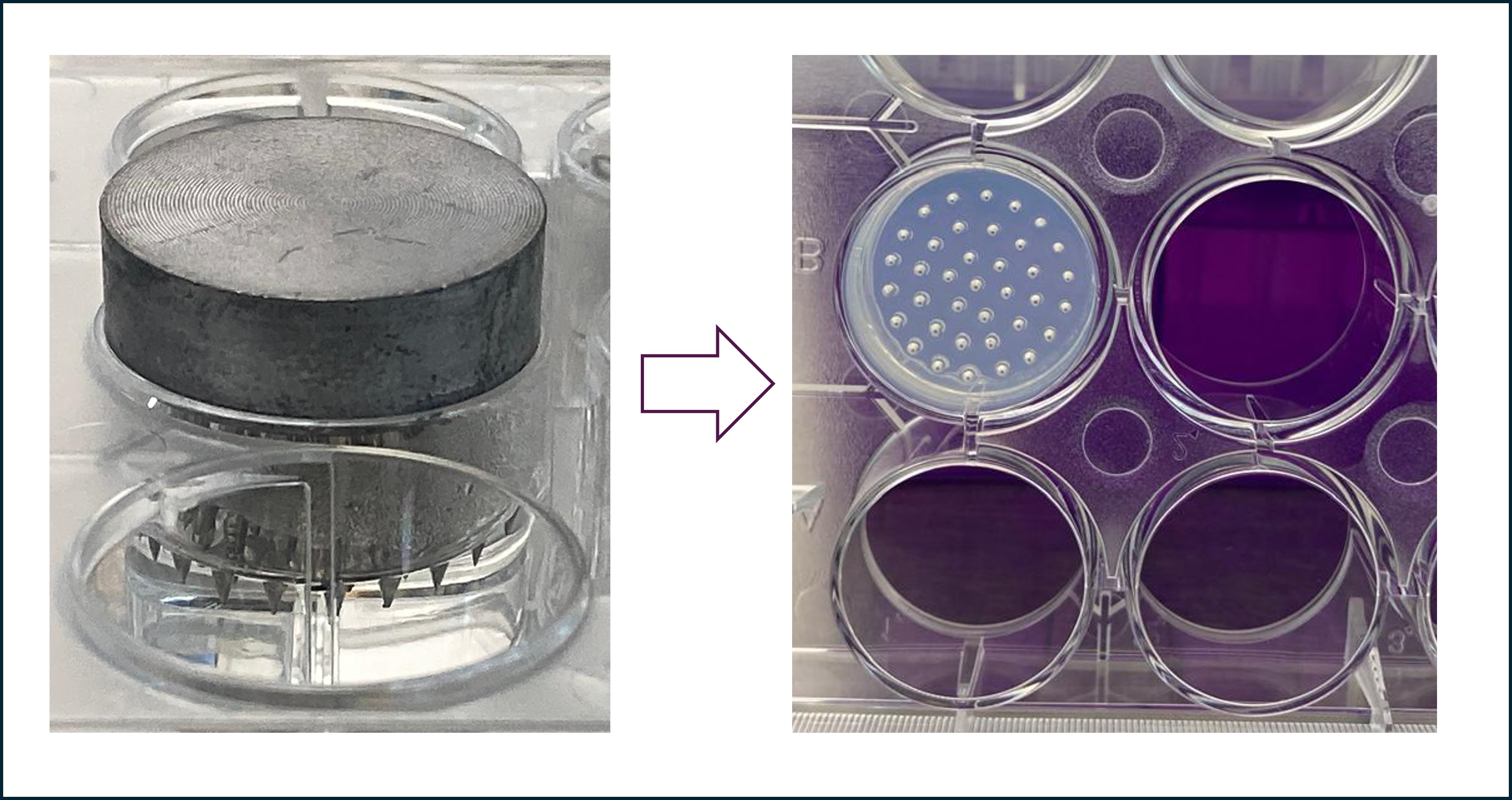
Kevin Bellofatto, Ph.D., is a postdoctoral researcher at the University of Geneva’s Cell Isolation and Transplantation Centre, Department of Surgery. His work focuses on tissue engineering for cell therapy in Type 1 diabetes, combining expertise in human placental matrix-derived scaffolds, amniotic membrane hydrogels, pancreatic islet isolation, and organoid transplantation. He holds a Ph.D. in Histology and Health Sciences from Università del Piemonte Orientale and has collaborated in research projects on hepatocyte co-transplantation and hemophilia gene therapy. He is accredited for GMP cell isolation and animal research studies. Bellofatto has contributed to more than fifteen scientific publications and actively mentors undergraduate and graduate students in cell biology and engineering.
Cell spheroids preparation: A novel low-cost technique
Ibrahim Fathi1, Nouran Zahran1, Kevin Bellofatto2, Hagar Elkafrawy1, Radwa Mehanna1.
1Center of Excellence for Research in Regenerative Medicine and Applications (CERRMA), Faculty of Medicine, Alexandria University, Alexandria, Egypt; 2Cell Isolation and Transplantation Centre, Department of Surgery, Geneva University Hospitals, Geneva, Switzerland
Introduction: Several methods have been developed to produce cell spheroids in the laboratory; including rocking method, agarose silicone moulds, and micro-well plates. However, most of available ready-made silicone moulds and micro-well plates are considered as expensive options. We here describe a simple low-cost method to produce agarose micro-wells using commercially available Japanese floral frogs.
Methods: 2500 µL of sterile 1.5% w/v agarose were placed per well in 12-well plates and commercially available stainless steel Japanese floral frogs (autoclaved) were placed in the well-plates upside down to produce the micro-grooves inside the agarose. After gelation, the floral frogs were removed, and the micro-wells were used for cell seeding (Figure 1). 20,000 HepG2 cells/well were used for demonstration.
Results: HepG2 spheroids were produced on day 3-5 after cell seeding and were retrieved through gentle pipetting. The MTT assay will be performed in comparison to spheroids made in ready-made spheroids microplates and 2D culture and the results will be presented at the conference.
Conclusion: Using Japanese floral frogs is a simple and low-cost method to produce spheroids. The testing of cell viability and proliferation in the new model is still ongoing.

[1] Spheroids
[2] Agarose
[3] HepG2